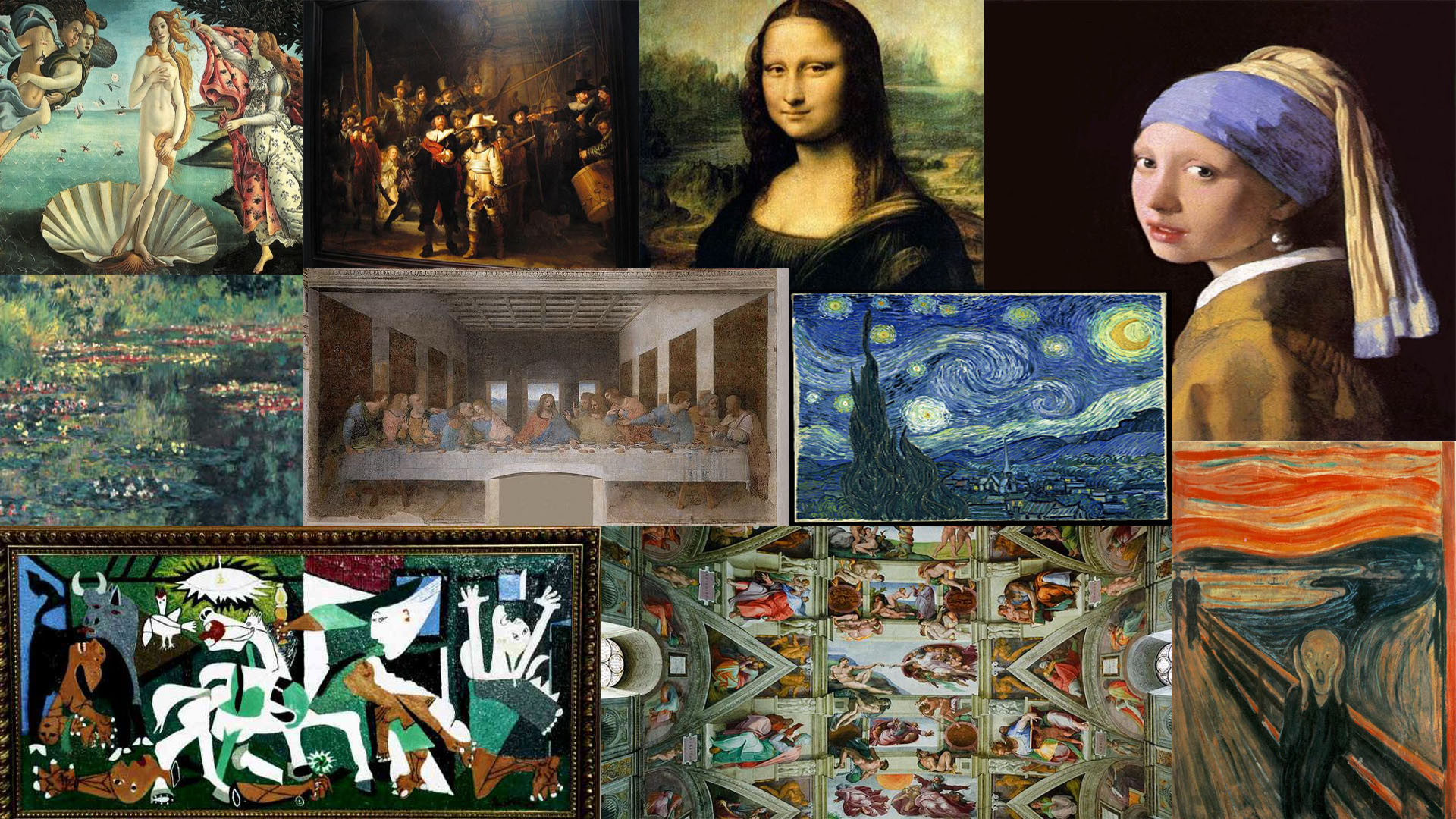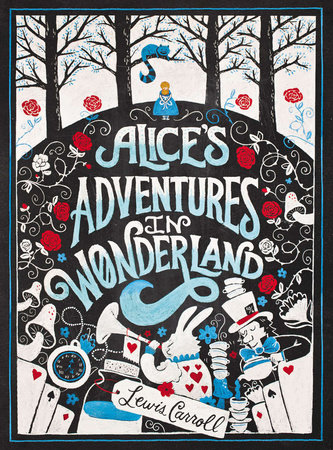
Why are these paintings so captivating and critically admired?
1. 'Las Meninas' by Diego Velázquez [1656]
Las Meninas, Spanish for 'The Maids in Waiting' is a painting in the Museo del Prado in Madrid, by the leading artist of the Spanish Golden Age. Its complex and enigmatic composition raises questions about reality and illusion, and creates an uncertain relationship between the viewer and the figures depicted. Because of these complexities, Las Meninas has been one of the most widely analyzed works in Western painting.
2. 'The Death of Socrates' by Jacques-Louis David [1787]
The Death of Socrates (French: La Mort de Socrate) is an oil on canvas painting. The painting focuses on a classical subject like many of his works from that decade, in this case the story of the execution of Socrates as told by Plato in his Phaedo. In this story, Socrates has been convicted of corrupting the youth of Athens and introducing strange gods, and has been sentenced to die by drinking poison hemlock. Socrates uses his death as a final lesson for his pupils rather than fleeing when the opportunity arises, and faces it calmly. The Phaedo depicts the death of Socrates and is also Plato's fourth and last dialogue to detail the philosopher's final days, which is also detailed in Euthyphro, Apology, and Crito.
3. 'Girl with a Pearl Earring' by Johannes Vermeer [1665]
Girl with a Pearl Earring (Dutch: Meisje met de parel) is an oil painting. It is a tronie of a girl with a headscarf and a pearl earring. The painting has been in the collection of the Mauritshuis in The Hague since 1902.
4. 'The Starry Night' by Vincent Van Gogh [1889]
The Starry Night is an oil on canvas post-impressionist painting, it depicts the view from the east-facing window of his asylum room at Saint-Rémy-de-Provence, just before sunrise, with the addition of an idealized village. It has been in the permanent collection of the Museum of Modern Art in New York City since 1941, acquired through the Lillie P. Bliss Bequest. It is regarded as among Van Gogh's finest works, and is one of the most recognized paintings in the history of Western culture.
5. 'Nighthawks' by Edward Hooper [1942]
Nighthawks is a 1942 oil on canvas painting that portrays people in a downtown diner late at night. It is Hopper's most famous work, and is one of the most recognizable paintings in American art.
6. 'Adoration of the Magi' by Sandro Botticelli [1475]
The Adoration of the Magi is a painting by the Italian Renaissance master. It is housed in the Uffizi of Florence. Botticelli was commissioned to paint at least seven versions of The Adoration of the Magi.In the scene numerous characters are present, among which are several members of the Medici family: Cosimo de' Medici (the Magus kneeling in front of the Virgin, described by Vasari as "the finest of all that are now extant for its life and vigour"), his sons Piero (the second Magus kneeling in the centre with the red mantle) and Giovanni (the third Magus), and his grandsons Giuliano and Lorenzo. The three Medici portrayed as Magi were all dead at the time the picture was painted, and Florence was effectively ruled by Lorenzo.
7. 'The Bathers' by Paul Cézanne [1906]
The Bathers (French: Les Grandes Baigneuses) is an oil painting. The painting is the largest of a series of "Bather" paintings by Cézanne; the others are in the Museum of Modern Art in New York City, National Gallery, London, the Barnes Foundation, Philadelphia, and the Art Institute of Chicago. Occasionally referred to as the Big Bathers or Large Bathers to distinguish it from the smaller works, the painting is considered one of the masterpieces of modern art, and is often considered Cézanne's finest work.
8. 'The Vitruvian Man' by Leonardo da Vinci [1490]
The Vitruvian Man (Italian: Le proporzioni del corpo umano secondo Vitruvio, which is translated to "The proportions of the human body according to Vitruvius"), or simply L'Uomo Vitruviano is a drawing. It is accompanied by notes based on the work of the architect Vitruvius. The drawing, which is in pen and ink on paper, depicts a man in two superimposed positions with his arms and legs apart and inscribed in a circle and square. The drawing and text are sometimes called the Canon of Proportions or, less often, Proportions of Man. It is kept in the Gabinetto dei disegni e stampe of the Gallerie dell'Accademia, in Venice, Italy, under reference 228. Like most works on paper, it is displayed to the public only occasionally.
9. Distorting 'Madonna' in Medieval Art
After Rome was destroyed, people were wary of attachment to physical beauty. As Christianity gained traction, Romans instead began to focus on the metaphysical beauty of virtue, and art began to follow suit. James Earle discusses how Medieval paintings of Madonna were affected by this shift.
10. How To Understand A Picasso
Pablo Ruiz y Picasso, also known as Pablo Picasso [1881-1973], was a Spanish painter, sculptor, printmaker, ceramicist, stage designer, poet and playwright who spent most of his adult life in France. Regarded as one of the greatest and most influential artists of the 20th century, he is known for co-founding the Cubist movement, the invention of constructed sculpture, the co-invention of collage, and for the wide variety of styles that he helped develop and explore. Among his most famous works are the proto-Cubist Les Demoiselles d'Avignon (1907), and Guernica (1937), a portrayal of the bombing of Guernica by the German and Italian airforces at the behest of the Spanish nationalist government during the Spanish Civil War.
- Credits: The Nerdwriter | TED-Ed
- Date: Mar 13, 2017
CURRENTLY READING


FAVOURITE BOOK [2016]

MOVIE OF THE YEAR [2017]

FOLLOW ME
